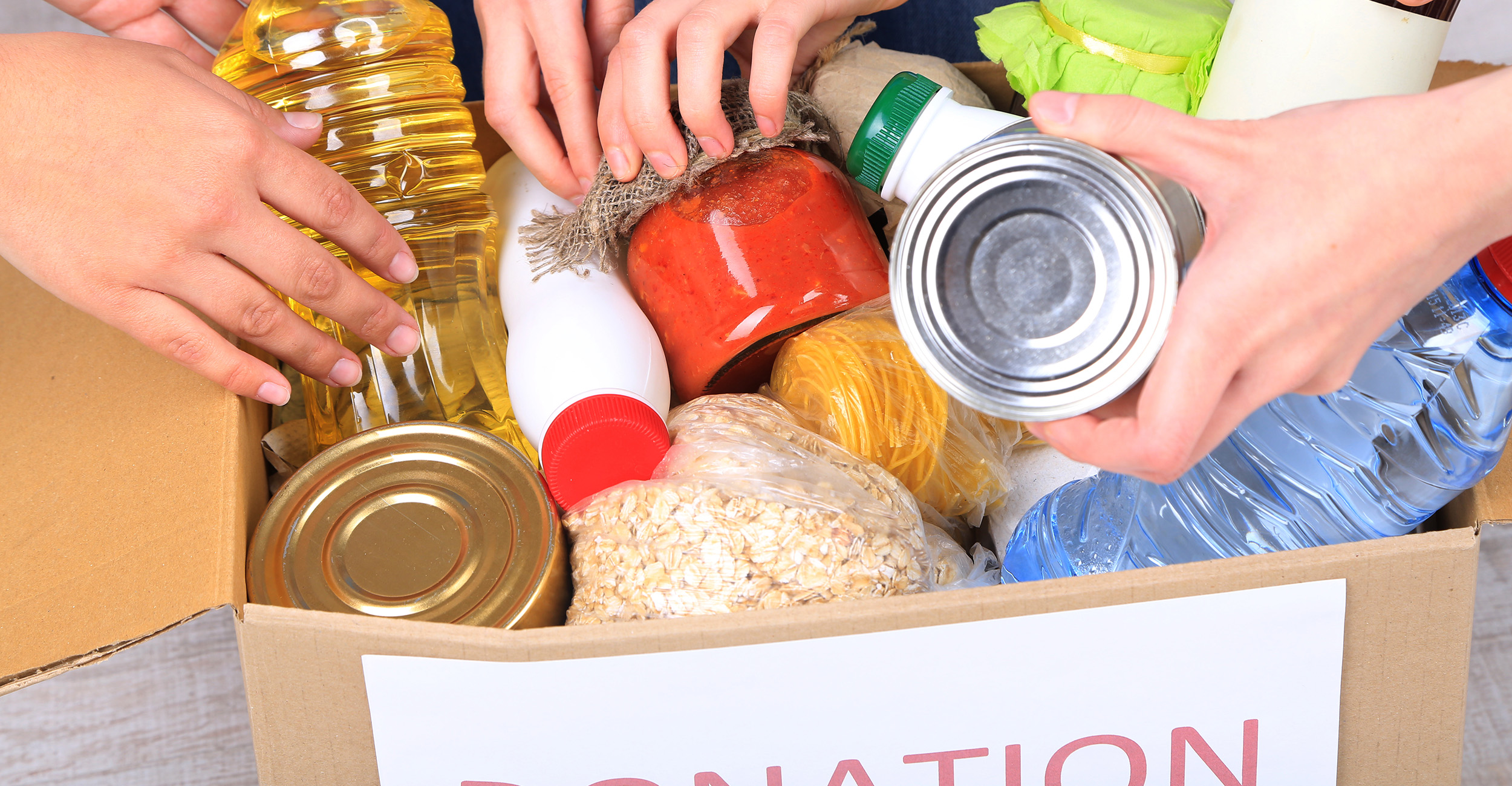
Fighting food insecurity during the holidays
Friday, November 12, 2021
Media Contact: Brian Brus | Agricultural Communications Services | 405-744-6792 | BBrus@okstate.edu
Leaning away from the Thanksgiving dinner table with a sigh and stuffed tummy is a comfort beyond the reach of many Oklahomans this year.
4-H’ers across the state are trying to make it a possibility with food drives for community food banks and pantries.
“They understand that fighting food insecurity is about being part of something bigger than themselves,” said Karla Knoepfli, Oklahoma State University Extension specialist in 4-H youth development. “By identifying a community need and answering it, they’re learning it’s possible to make a difference.”
Those efforts are partly driven by the COVID-19 pandemic, which has hurt many people with the loss of their health and income. Resulting food market supply chain disruptions and rising prices are projected well into 2022, said Rodney Holcomb, OSU Extension specialist in food economics. He said ripple effects amplify existing food insecurity issues.
Since April 2020, the Regional Food Bank of Oklahoma has seen an increase of at least 30% in people who found themselves food insecure for the first time, said Cathy Nestlen, the nonprofit’s director of marketing and communications. Even before the pandemic, Oklahoma was the fifth hungriest state in the nation. Nestlen said inroads were being made to improve that status, but COVID-19 wiped out all progress.
It’s common for 4-H clubs across the state to donate their services to help fight the problem. For example, Frontier 4-H’ers in Noble County purchase turkeys for their local food pantry each year in addition to holding a competitive food drive, club leader Barbara Pemberton said. In Marshall and Johnston counties, club members had already collected 750 nonperishable food items by Halloween, said Sara Randolph, 4-H educator for that area.
Knoepfli said such activities are spearheaded by the youth with support from adult volunteers. They set out with the simple goal of helping other people and end up learning about resiliency and developing civic engagement and leadership skills.
Janice Hermann, OSU Extension nutrition specialist, shared some advice for people wanting to follow the 4-H lead:
- Before donating, ask about the organization’s guidelines and community profile. Some food bank and pantry guests have dietary health concerns; others may not have access to refrigerators or traditional stoves.
- Do not assume that all food bank guests have kitchen implements such as can openers, tongs and spatulas. Even forks, knives and napkins may be needed.
- If someone is food insecure, they also may have problems getting food home once it’s available. Consider donating deliveries or rides.
- Economic disruptions will continue into 2022. Make a New Year’s resolution to support food services beyond the holidays.
“Local food pantries can always use volunteers and donations,” Hermann said. “You need to look at all the factors, working together to overcome barriers to healthy, nutritious food. It’s complicated, and it really depends on the community.”
To find a food assistance service in your area, Rachel Morse, OSU Extension mental health educator, suggested a three-digit phone number: 2-1-1. Operated by nonprofit organizations Heartline and Tulsa Community Service Council, the 2-1-1 system serves the entire state by linking people in need with a wide range of agencies dealing with issues such as suicide prevention, homelessness, utilities payments and food insecurity.
